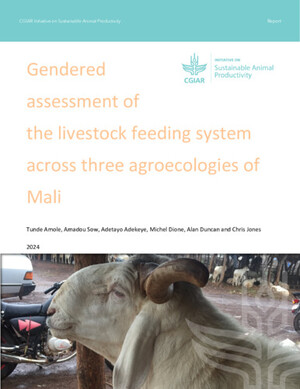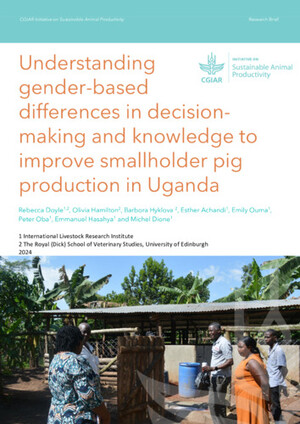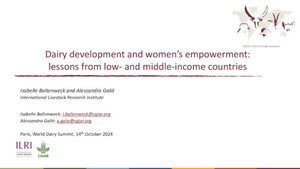
Shea butter: A pro-poor, pro-female route to increased income
Abstract
Increasing agricultural productivity does not often provide a viable route out of poverty or hunger for the poorest households, because their farms tend to be small with low yield potential. These challenges will be amplified as climate change causes shifting patterns of crop suitability and disease and pest pressures. Off-farm sources of income are often cited as an alternative to increased farm productivity, but in remote communities such opportunities can be very limited. Shea trees may offer an alternative. In northern Ghana, shea butter has been promoted as a climate-smart option for increasing household incomes. Here we present a quantitative study of 223 households, half of whom were exposed to improved value-chain opportunities for sale of shea butter. An innovative survey tool called RHoMIS (Rural Household Multi-Indicator Survey) allowed rapid evaluation of the project impacts on multiple household welfare metrics: income, food security and gender. The survey results showed that the poorest households self-selected to take part in shea butter production, and that the resulting income remained in the control of women. When compared to a control population, those who took part in shea production substantially increased their incomes and became more food secure. We conclude that the promotion of shea butter value chains can function as a complement to CSA activities, especially by increasing adaptive capacity. The shea trees themselves serve as a buffer against desertification and protect soil and water resources, and shea butter production boosts incomes, making households more resilient in the face of climate shocks and other negative events.
Citation
Hammond, J., Wijk, M. van, Pagella, T., Carpena, P., Skirrow, T. and Dauncey, V. 2019. Shea butter: A pro-poor, pro-female route to increased income. IN: Rosenstock, T., Nowak, A. and Girvetz, E. (eds). The climate-smart agriculture papers. Cham, Switzerland: Springer: 215-226.










